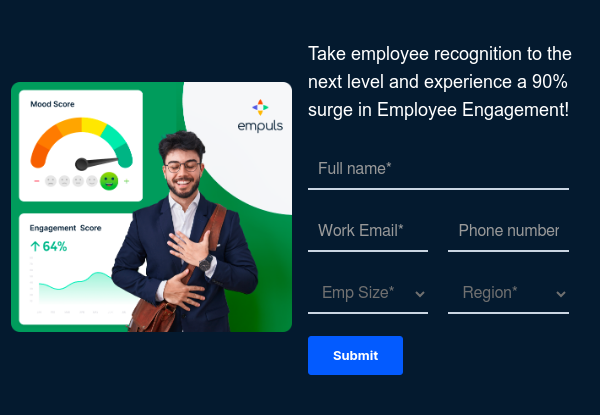Digital Workplace
A digital workplace is a modern, cloud-based environment where employees can access tools, data, and communication channels from anywhere. It replaces the traditional physical workspace with technology-driven solutions that support collaboration, productivity, and flexibility.
From project management tools to communication platforms, the digital workplace empowers teams to stay connected, streamline operations, and adapt to hybrid or remote work models—ultimately enhancing the overall employee experience.
























